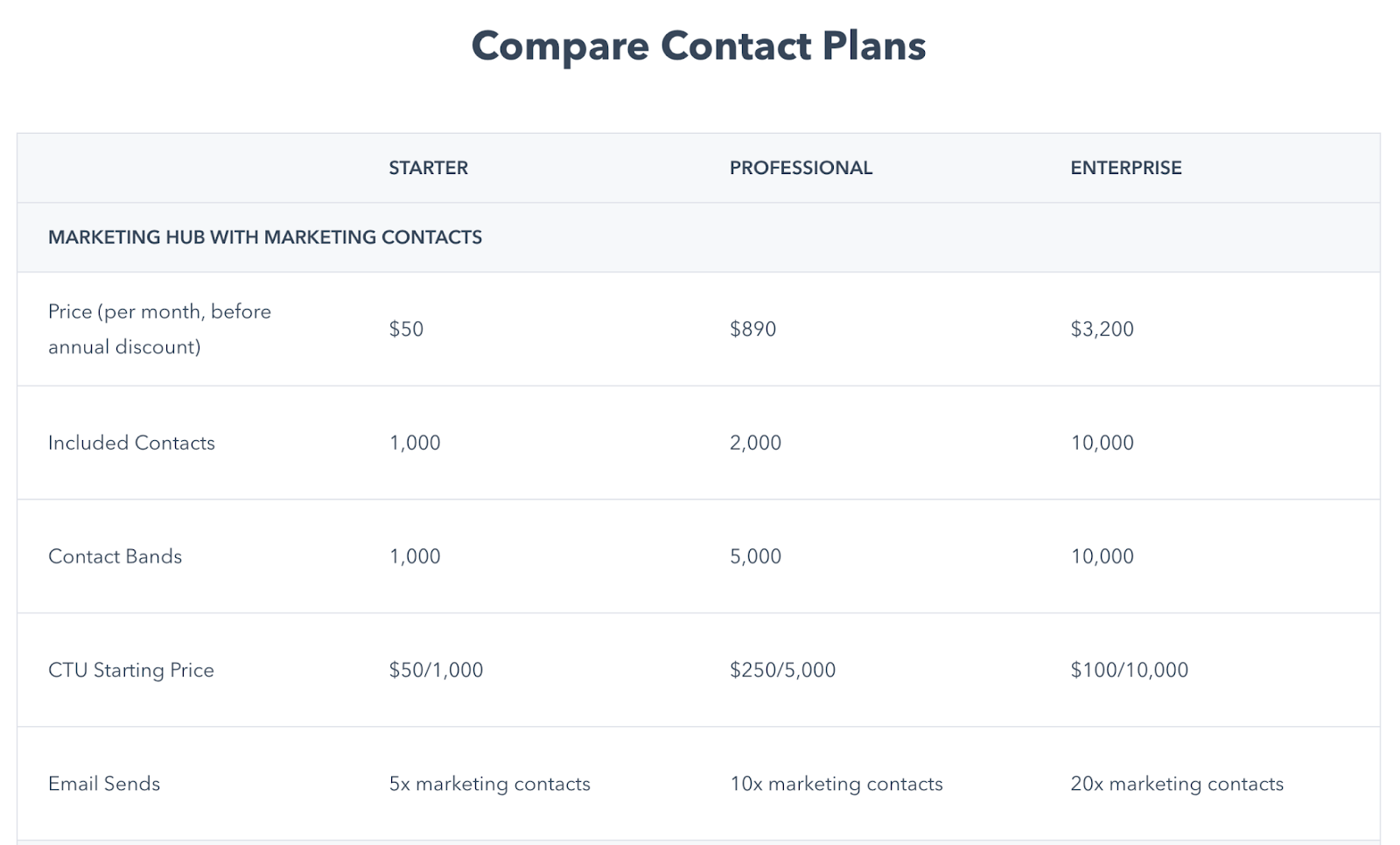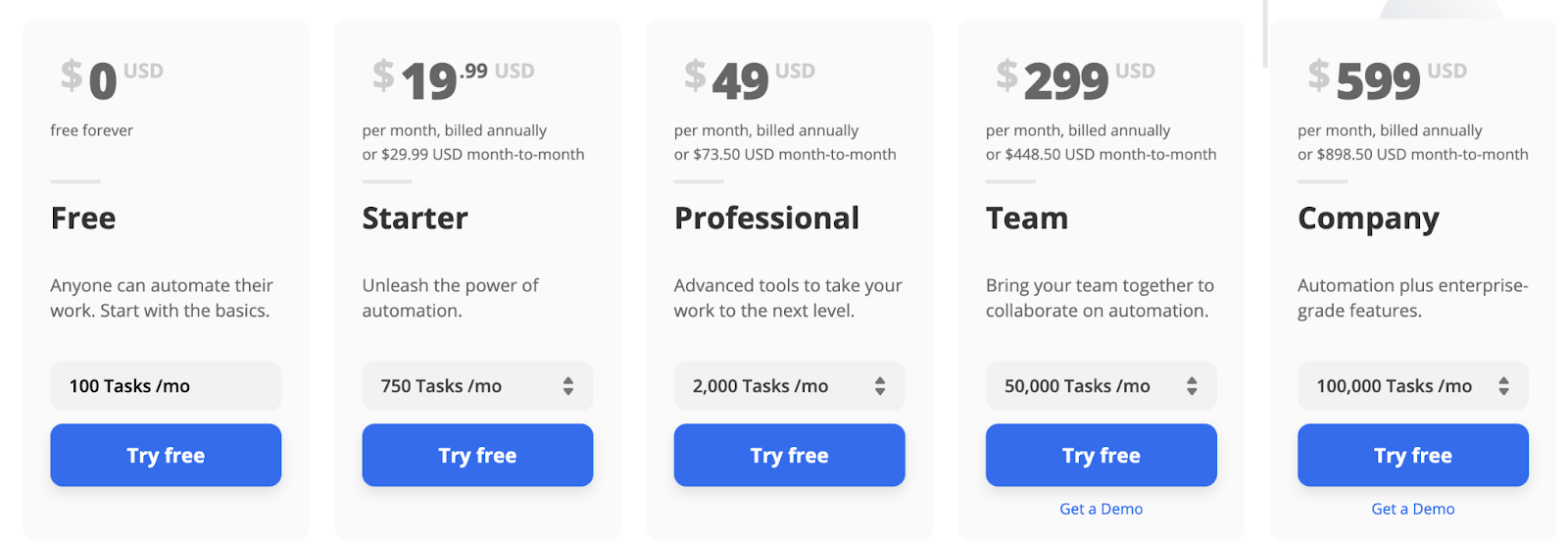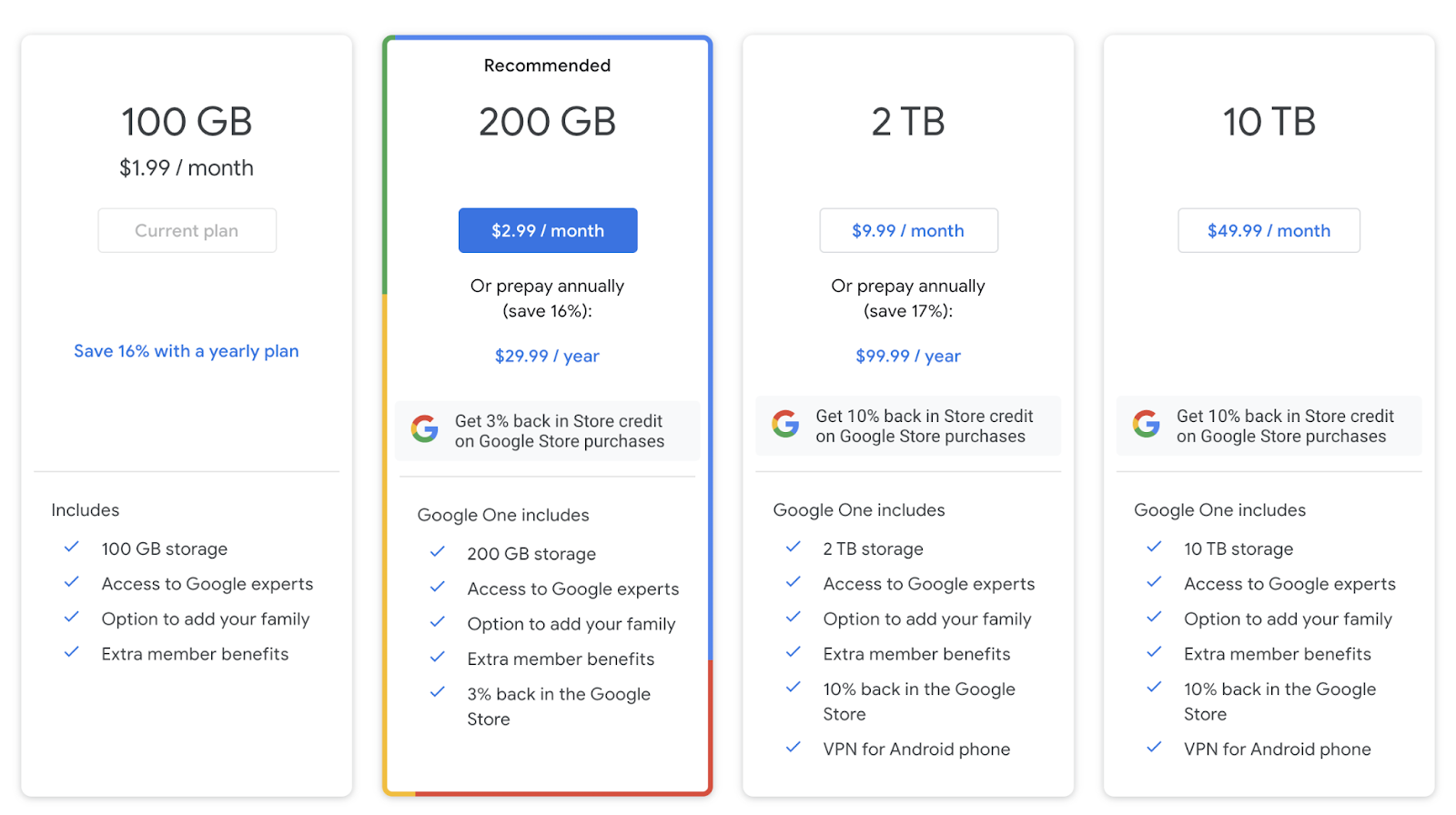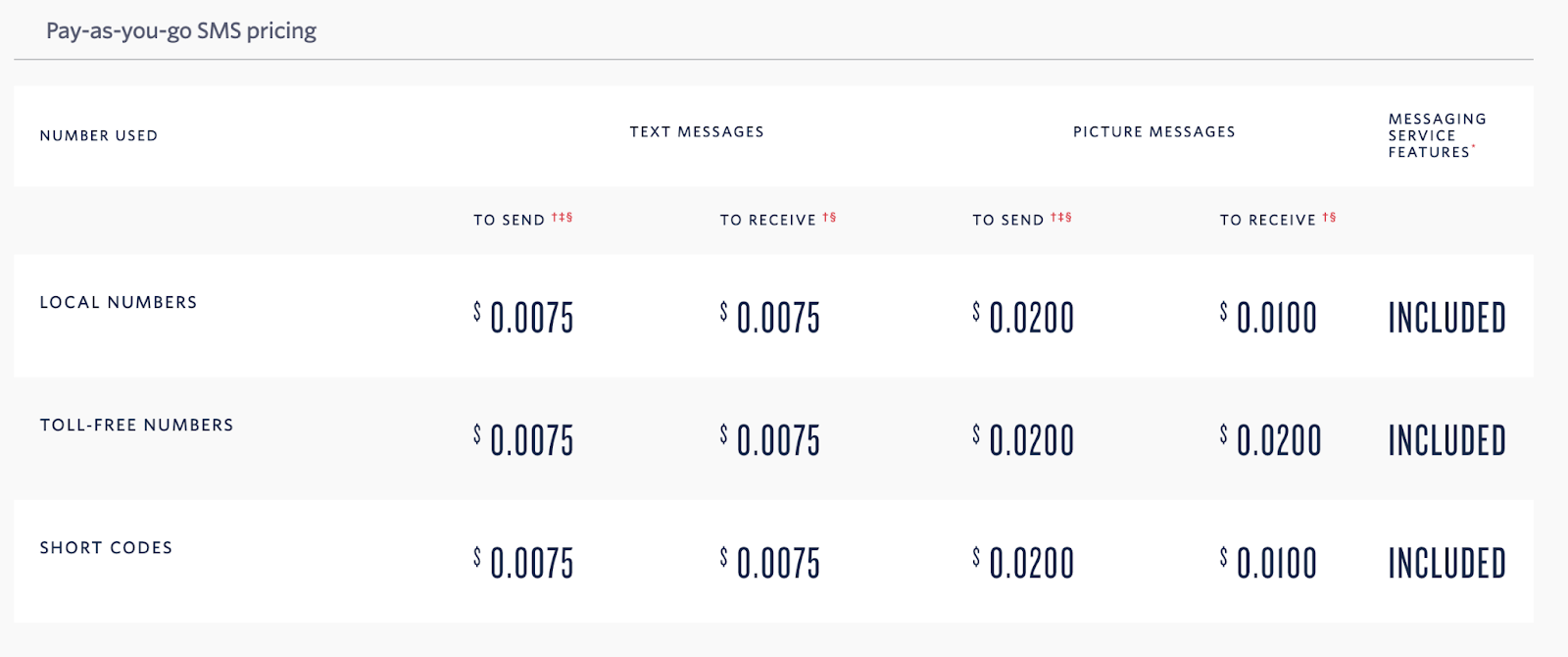In a whirlwind of motivation, you sign up for a premier (but pricey) gym not too far from your home. The monthly membership fee includes access to all the machines you could ever need, a huge collection of free weights, group classes, an indoor pool, tennis courts, and an indoor jogging track.
It’s wonderful and gives you grand visions of all the new hobbies and fitness routines you’ll adopt. But as soon as your membership begins, reality sets in.
You really only signed up for the gym to take advantage of the free weights and fitness classes. So why are you paying so much for a membership that includes all of these other amenities you won’t ever realistically use?
What if you only paid for the amenities you actually use?
Enter the case for usage-based pricing.
In the gym membership scenario, usage-based pricing would mean there wouldn’t be any extra charges for the amenities you don’t need, and you wouldn’t feel like you’re wasting money on other equipment and benefits that are already baked into the membership fee. You’d only pay for what you need.
Usage-based pricing is a structure we as consumers have grown accustomed to from the early pay-per-text-message cell phone plans to the SaaS-based platforms we use every day.
But can this pricing strategy work for associations?
Usage-based pricing for associations
Imagine if instead of monthly or annual membership dues, your association charged based on the features and resources your community uses.
This could look a few ways.
It could be a flat charge for every action or resource utilization. The concept of membership would become more broad and user-based. Users would pay individually for things like:
- Paywalled articles
- Webinars
- Events
- Industry research
- Publication subscriptions
- Access to online communities and directories
Your association could offer these benefits on a pay-as-you-go basis, or in the form of monthly credits that go towards benefit usage with additional charges for overages.
Another option could be a hybrid approach, in which you charge a monthly rate based on benefits, with options to pay extra for additional features. Here’s an example of what those tiers could potentially look like:
- Tier 1: Access to the online community of members and members-only article archive
- Tier 2: Access to online training events, one ticket to a monthly networking event, plus Tier 1 benefits
- Tier 3: Complete access to all association resources and publications, trainings, events, and deeply discounted conference registration
- Extra benefits not included in the selected tier would be accessible on a pay-per-use add-on basis.
Of course, the outline above is purely hypothetical — your association will have to figure out what works best for it. Check out a few examples of usage-based pricing below for inspiration.
Examples of usage-based pricing
Here’s a glimpse at how some popular companies approach usage-based pricing.
Hubspot charges by the number of contacts:

Zapier charges by the number of tasks you can automate:

Google Drive bases its fees on how much storage you need:

Twilio offers pay-as-you-go pricing based on the number of text messages sent or received:

Advantages and disadvantages of usage-based pricing
Usage-based pricing isn’t the right fit for every organization, but it’s an interesting concept to explore. According to research gathered by OpenView Advisors, SaaS companies that utilized a usage-based pricing strategy experienced more growth in year-over-year revenue than those in the broader SaaS index.
Benefits of usage-based pricing
- Potential for greater profitability with heavy users: If your users are regularly and frequently taking advantage of your offerings, there’s opportunity for increased revenue with usage-based pricing.
- Easier acquisition of new “members”: With less of a financial barrier to entry compared to traditional membership, it’s easier to get new prospects in the door and on board.
- Greater retention opportunities: In the same vein as the point above, users/members may feel less compelled to justify the annual membership fee since the value is more clear-cut in a usage-based environment.
Disadvantages of usage-based pricing
- Less predictability in monthly revenue: Without traditional monthly membership fees, your revenue is less consistent, and forecasting becomes more difficult.
- Services must be used frequently to succeed: Usage-based pricing is less effective if your association’s paid resources are used sporadically not consistently.
- Potentially confusing: Your members may not want this, and the pricing structure may end up confusing them. You’ll need to deeply assess how to structure and adopt this pricing strategy and how your members will respond to it.
While usage-based pricing may not be the best fit for your association, it’s helpful to understand what’s working well in other industries and evaluate if those lessons can be applied to your operations. Have you tested the waters of usage-based pricing? We’d love to hear from you about your experience! Connect with us on social media.

June 9, 2021


